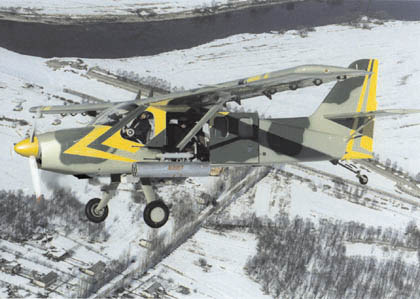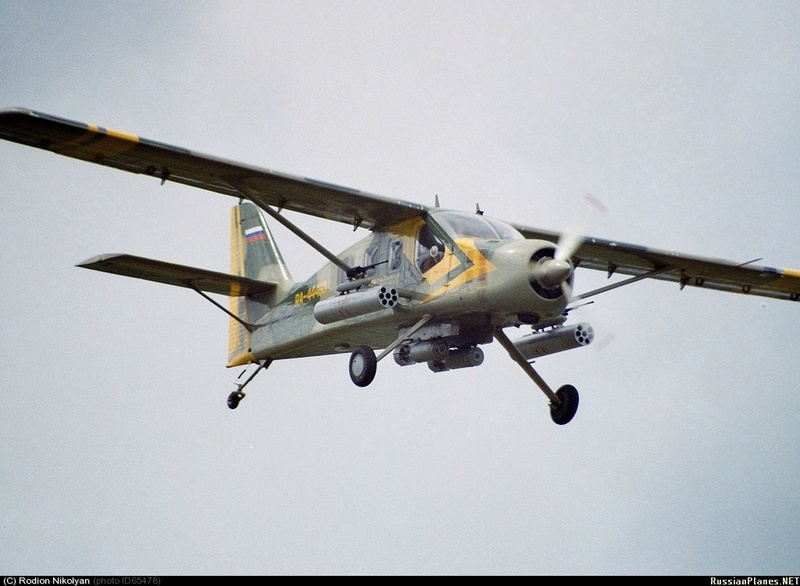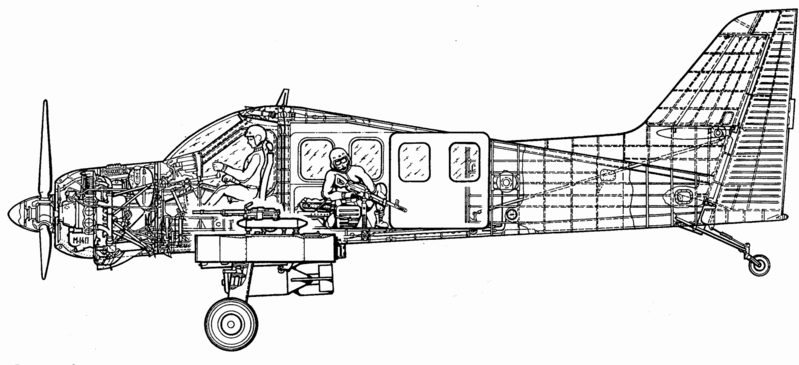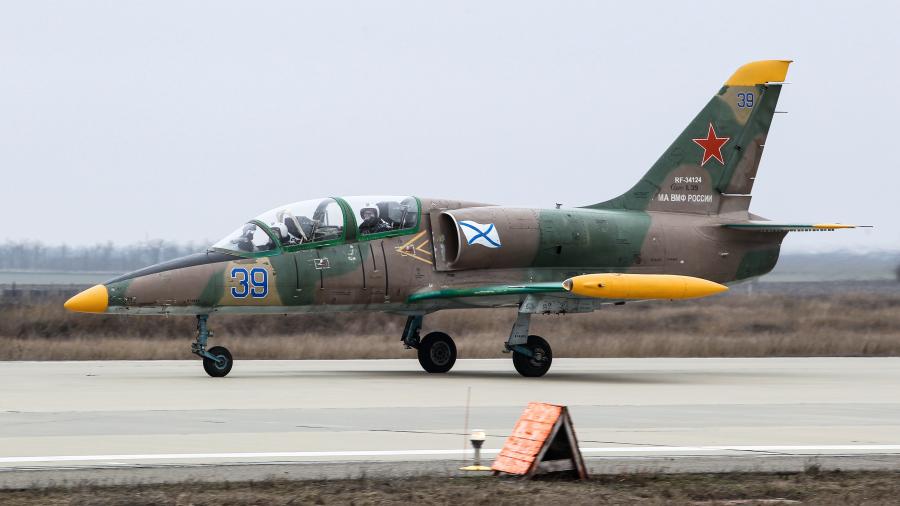GarryB wrote:PS: For me, it seems difficult the introduction of a new step beatween the Yak-152 and the Yak-130.
From what I have read the L-29 is already in that step between turboprop aircraft and LIFT, so there is no new step... just the substitution of a Russian plane for a foreign plane.
Obviously they could have dozens of steps each slightly higher and more expensive in the training of pilots, but going from a propeller driven single engine trainer to a front line fighter is too big a step and needs to be broken down.
The Yak-130 offers experience with high manouver capability, and twin engine management, and of course can train in advanced navigation and weapon training for rather less than the operational aircraft will cost which saves money and also reduces hours added to expensive air frames.
Keep in mind that flight simulation training will also be used to help the pilots with their training, but a replacement for the basic jet trainer... the L29, means the transition from a propeller driven single engine aircraft to a twin engined jet can be performed on a cheaper lighter aircraft that might not have sophisticated flight performance or advanced avionics, but at that stage of training such sophisticated capabilities would be a hindrance rather than an advantage and add cost to an aircraft that should be as cheap as possible so it actually gets used... if it is too expensive to buy or operate then likely they will prefer to use simulators which are very good but not the same as the real thing.
The projected change is to replace the Yak-52 by the Yak-152 and the L-39 by the Yak-130.
Today the Yak-152 is not in service still and the Yak-130 has not been totally introduced. Obviously the Yak-52, the L-39 and the Yak-130 are in service today in adition to the training variants of the combat aircrafts, but this means not Russia is operating in 4 different training stages. There are 3. Yak-52, L-39/Yak-130, and training variants of combat aircrafts. I hope the people begins not to talk about 5 stages when the Yak-152 begins to replace the Yak-52, because then 4 specific trainer aircrafts will be in active service in adition to the training variants of the combat aircrafts, for the same total of 3 training stages (Yak-52/Yak-152, L-39/Yak-130, and training variants of combat aircrafts).
The Yak-130 is not today a front line fight trainer, the front line fight trainers are the training variants of the combat aircrafts of all the types (Su-24,...). And this will not change because some training with the combat aircrafts is needed, despite most of the maneuverability training to be done now with the Yak-130, and despite to have the option to move also the basic supersonic fligh training to a potential supersonic variant of the Yak-130.
If the introduction of the new training aircraft wants to be cost effective, needs to take fligh hours from the Yak-130 (to take fligh hours from the Yak-152 would increase the cost instead of decrease it). And to be functionally effective, the young pilots must learn with the new aircraft part of the habilities that they must learn with the Yak-130, after to exhaust the training program with the Yak-152 (wich would not be affected by the introduction of the new aircraft).
In every case to adopt the new training aircraft between the Yak-52/Yak-152 and the L-39/Yak-130 means less units of the Yak-130 in the Russian Armed Forces in the future. It means to cut earlier (or to cut and delay) the orders of this aircraft = to reduce the benefits of scale economies for the Yak-130, making the Yak-130 more expensive. It means to decrease the standardization of the fleet = to increase the maintenance costs. Also it means the development of a new simulator in the fligh simulation program = to increase the overall cost of the simulation program. It means the young pilots learning to fly in 4 aircrafts instead of 3 = to increase a little the total number of fligh hours needed. The economic ballance is not as easy as to compare only the costs of fligh hours of the new trainer and the Yak-130.
Also to introduce a new aircraft taking part of the projected space of the Yak-130 will put over this aircraft a label of expensive, that would likely damage its prospect of sales outside of Russia.
Not all are advantages.







